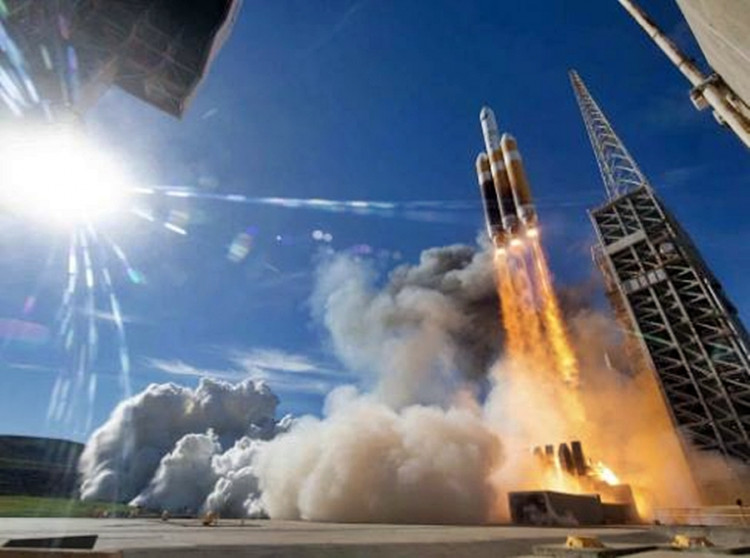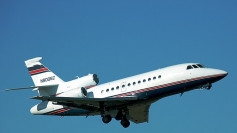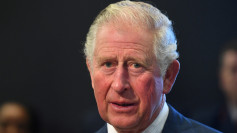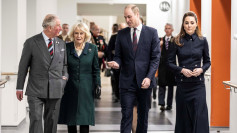United Launch Alliance (ULA), the launch provider of choice when it comes to orbiting huge and massively expensive American satellites, is scheduled to launch only seven payloads this year.
Its closest competitor, SpaceX, has also announced it will launch fewer missions this year due to a slowdown in the number of launch missions it's received for communications satellites. The same reason holds true for ULA, whose main customers are NASA and the U.S. government.
ULA conducted eight successful launch missions in 2018 using its huge and heavy Atlas and Delta rocket family. The first mission for this year took place Jan. 19 from Space Launch Complex-6 at Vandenberg Air Force Base, 225 kilometers northeast of Los Angeles.
A Delta 4-Heavy successfully lofted a reconnaissance satellite of the National Reconnaissance Office (NRO) into geosynchronous orbit. This mission, codenamed NROL-71, was delayed for over a month on account of a hydrogen fuel leak in a booster. Standing 71 meters tall, Delta 4-Heavy is the largest vehicle in ULA's fleet.
The NROL bird is a very high-resolution imaging satellite with an Earth-facing telescope built to collect sharp pictures of terrestrial features around the world.
ULA's rockets blasted off from Cape Canaveral five times and from Vandenberg three times in 2018. ULA launched two major NASA science missions -- the InSight lander to Mars on May 5 on an Atlas 5 from California, and the Parker Solar Probe on Aug. 12 aboard a Delta 4-Heavy from Florida.
A Delta 2 rocket lofted NASA's ICESat 2 Earth observation satellite on Sept. 15 from Vandenberg. This bird tracks changes in polar ice and sea ice. Of note is that this mission was the final flight of the venerable Delta 2, which first flew in 1989.
At least seven missions are planned by ULA for 2019, one fewer than in 2018. ULA attributed this decrease in cadence to a slowdown in U.S. Air Force and NASA launch activity. The most notable ULA mission for 2019 will see the company's first launch with human passengers.
The second ULA flight is scheduled for March with the U.S. Air Force's 10th Wideband Global SATCOM communications satellite. The WGS 10 satellite built by Boeing will launch from Cape Canaveral on a Delta 4 equipped with a single first stage booster and four strap-on solid rocket motors.
An Atlas 5 rocket will be launched in late spring from Florida's Space Coast with the first Boeing CST-100 Starliner spacecraft on an unpiloted test flight to the International Space Station (ISS). The CST-100 Starliner is one of two commercial crew capsules funded by NASA, (the other being SpaceX's Crew Dragon) that will ferry astronauts to and from the ISS.
In late June, an Atlas 5 rocket will orbit a fifth Lockheed Martin Advanced Extremely High Frequency communications satellite that's part of the Air Force's network of ultra-secure, nuclear-hardened voice, video and data relay satellites.
In July, a Delta 4 rocket is scheduled to lift off with the Air Force's second new-generation GPS navigation satellite. This mission will also see the final launch of the Delta 4's "single stick" version, which ULA is retiring in favor of the less expensive Atlas 5 family.
Mission six will see an Atlas 5 rocket launch with a three-person team of Boeing and NASA astronauts on a CST-100 Starliner spacecraft, probably by August.
One more Atlas 5 launch is planned to round out the year for ULA. This mission will likely carry one of the Air Force's reusable X-37B space planes (also called the Orbital Test Vehicle) into orbit from Cape Canaveral. The X-37B launches vertically on a rocket but lands on a runway like a miniature Space Shuttle.






